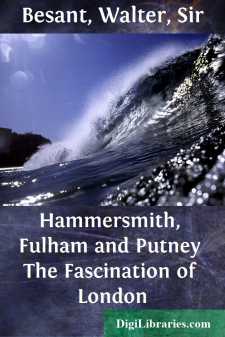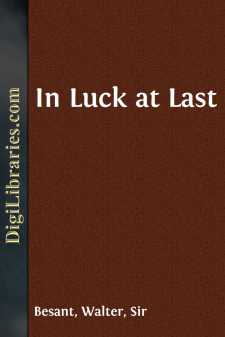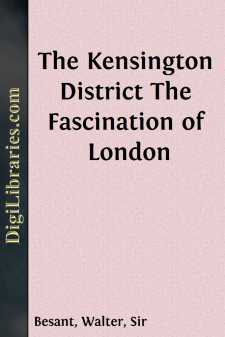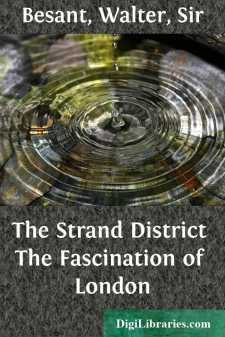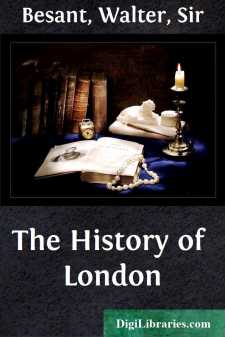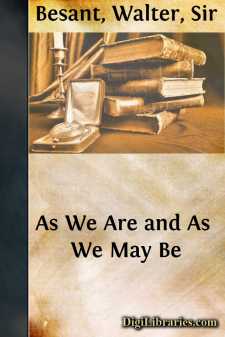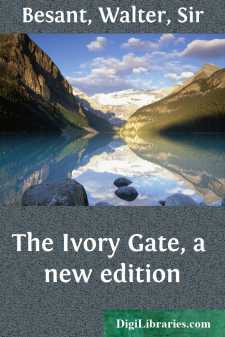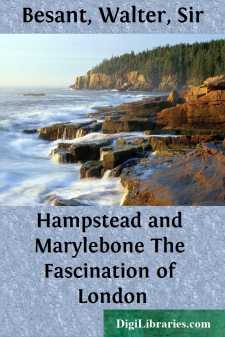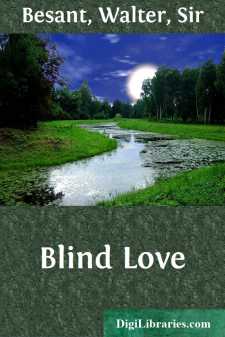Categories
- Antiques & Collectibles 13
- Architecture 36
- Art 48
- Bibles 22
- Biography & Autobiography 813
- Body, Mind & Spirit 142
- Business & Economics 28
- Children's Books 17
- Children's Fiction 14
- Computers 4
- Cooking 94
- Crafts & Hobbies 4
- Drama 346
- Education 46
- Family & Relationships 57
- Fiction 11829
- Games 19
- Gardening 17
- Health & Fitness 34
- History 1377
- House & Home 1
- Humor 147
- Juvenile Fiction 1873
- Juvenile Nonfiction 202
- Language Arts & Disciplines 88
- Law 16
- Literary Collections 686
- Literary Criticism 179
- Mathematics 13
- Medical 41
- Music 40
- Nature 179
- Non-Classifiable 1768
- Performing Arts 7
- Periodicals 1453
- Philosophy 64
- Photography 2
- Poetry 896
- Political Science 203
- Psychology 42
- Reference 154
- Religion 513
- Science 126
- Self-Help 84
- Social Science 81
- Sports & Recreation 34
- Study Aids 3
- Technology & Engineering 59
- Transportation 23
- Travel 463
- True Crime 29
Hammersmith, Fulham and Putney The Fascination of London
by: Walter Besant
Description:
Excerpt
HAMMERSMITH
The parish of Hammersmith is mentioned in Doomsday Book under the name of Hermoderwode, and in ancient deeds of the Exchequer as Hermoderworth. It is called Hamersmith in the Court Rolls of the beginning of Henry VII.'s reign. This is evidently more correct than the present spelling of the name, which is undoubtedly derived from Ham, meaning in Saxon a town or dwelling, and Hythe or Hyde, a haven or harbour, "therefore," says Faulkner, "Ham-hythe, a town with a harbour or creek."
Hammersmith is bounded on the south by Fulham and the river, on the west by Chiswick and Acton, and on the east by Kensington. Until 1834 it was incorporated with the parish of Fulham, and on Ascension Day of that year the first ceremony of "beating the bounds" took place. The West London Railway runs in the bed of an ancient stream which rose north of Wormwood Scrubs and ended at Chelsea Creek, and this brook was crossed by a bridge at the place where the railway-bridge now stands on the Hammersmith Road. The stream was evidently the determining factor in the old parish boundary line between Kensington and Hammersmith, but Hammersmith borough includes this, ending at Norland and St. Ann's Roads. On the south side it marches with Fulham—that is to say, westward along the Hammersmith Road as far as St. Paul's School, where it dips southward to include the school, and thence to the river. From here it proceeds midway in the river to a point almost opposite the end of Chiswick Ait, then northward up British Grove as far as Ravenscourt Gardens; almost due north to within a few yards of the Stamford Brook Road; it follows the trend of that road to the North and South Western Junction Railway. It crosses the railway three times before going northward until it is on a level with Jeddo Road. It then turns eastward, cuts across the north of Jeddo Road to Wilton Road West. Northward it runs to the Uxbridge Road, follows this eastward for a few yards, and strikes again northward up Old Oak Road and Old Oak Common Road until it reaches Wormwood Scrubs public and military ground. It then trends north-eastward, curves back to meet the Midland and South-Western Line as it crosses the canal, and follows Old Oak Common Road until on a level with Willesden Junction Station, from thence eastward to the Harrow Road. It follows the Harrow Road until it meets the western Kensington boundary running between the Roman Catholic and Protestant cemeteries at Kensal Town. It goes through Brewster Gardens and Latimer Road until it meets the line first indicated.
HISTORY.
With Fulham, Hammersmith shared in the incursion of the Danes in 879, and it is especially mentioned in the Chronicle of Roger de Hoveden that they wintered in the island of Hame, which Faulkner thinks is the ait or island near Chiswick, which, he says, must have considerably decreased in size during the nine centuries that have elapsed. In 1647 Cromwell removed his quarters from Isleworth to Hammersmith, and "when he was at Sir Nicholas Crispe's house, the headquarters were near the church." The general officers were quartered at Butterwick, now Bradmore House, then the property of the Earl of Mulgrave.
Perambulation.—The first thing noticeable after crossing the boundary from Kensington is St. Paul's School. It stands on the south side of the road, an imposing mass of fiery red brick in an ornamental style. The present building was erected in 1884 by Alfred Waterhouse, and a statue to the memory of Dean Colet, the founder, standing within the grounds was unveiled in 1902. It was designed by W. Hamo Thornycroft, R.A. The frontage of the building measures 350 feet, and the grounds, including the site, cover six acres. Dr. John Colet, D.D., Dean of St. Paul's, founded his school in 1509 in St. Paul's Churchyard, but it is not known how far he incorporated with it the then existing choir-school. The number of his pupils was 153, in accordance with the number of fishes in the miraculous draught, and the foundation scholars are limited to the same number at the present day....


